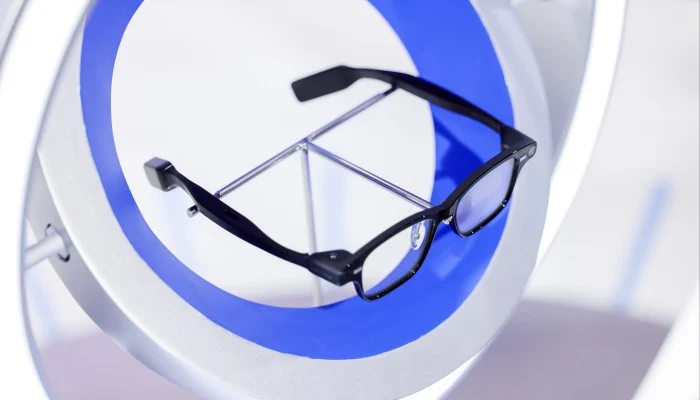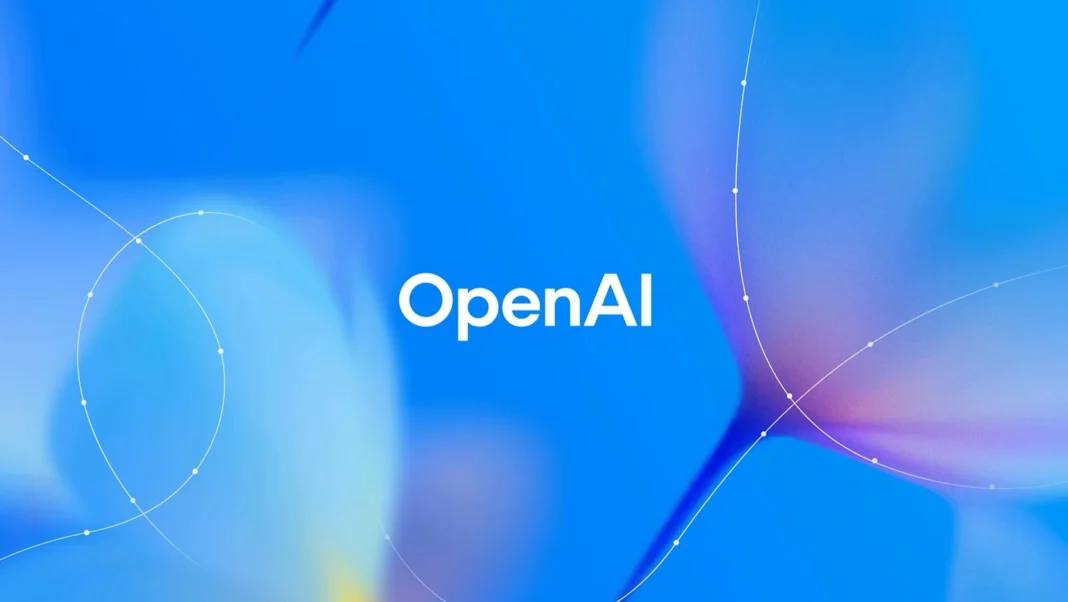Alibaba Group has entered the smart-wearables arena with its new Quark AI Glasses, priced at around 4,699 yuan (~US $659) and slated for China release later in 2025
This launch signals Alibaba’s push from enterprise AI and cloud into consumer hardware that tightly integrates with its large ecosystem of apps, payments and platforms.
What Are the Quark AI Glasses?
The Quark AI Glasses are a next-gen wearable that blends hardware, AI and ecosystem services:
- Powered by Alibaba’s in-house large language model (LLM) Qwen and its assistant app “Quark”.
- Features include: hands-free calling, music streaming, real-time translation, live meeting transcription and built-in camera.
- Deep integration with Alibaba ecosystem:
- Use of Alipay for payments via QR/voice.
- Navigation via Amap (Gaode map) for near-eye directions.
- Shopping/price-compare via Taobao by pointing or voice.
- Hardware details: dual-chip architecture (Qualcomm Snapdragon AR1 + another low-power chip), design focus on lightweight, ergonomic fit.
Pricing, Availability & Launch Details
- Pre-sale in China: Listed at 4,699 yuan, roughly US $659.69.
- Shipment expected starting December 2025 (for China market) with possibility of different versions/models.
- International availability and pricing outside China not yet confirmed.
Why It Matters
1. Strong Ecosystem Advantage
Unlike many smart glasses that focus purely on hardware, Alibaba’s glasses leverage its entire consumer ecosystem (payments, shopping, maps) to provide value beyond novelty. Meaning: It may appeal to users who already use Alibaba’s services.
2. Strategic Move in Wearable AI
Alibaba is positioning itself as a serious competitor to Meta Platforms (Ray-Ban smart glasses) and other Chinese smart-glasses players (e.g., Xiaomi). The Quark launch underscores that wearables are a part of Alibaba’s “AI to C” (consumer) strategy. eWeek
3. AI Integration Turning Hardware into Assistant
The glasses are designed not just for display or AR gimmickry, but as wearable AI assistants: real-time translation, meeting transcription, voice control—all tasks that go beyond normal “smart glasses”. This marks a shift from opt-in features to always-on intelligence.
Challenges & Considerations
- Limited screen/display info: Some reports say there may be versions without full AR displays initially, meaning the experience may differ from full AR glasses. AIBase
- Battery & comfort: Wearable glasses face battery life and comfort constraints—carrying many functions may impact battery and build weight.
- Privacy & data: With camera, translation and transcription features tightly integrated with large-scale services and ecosystem, privacy concerns will likely arise—especially outside China.
- Global rollout & compatibility: Currently aimed at China; international language support, ecosystem integration (payments, maps) may lag or differ.
- Competition: The market is getting crowded with smart/AI glasses—differentiation will matter.
Implications for Indian Consumers & Market
- If Alibaba decides to export the Quark AI Glasses to India, there could be allure given India’s large mobile+payments user base and interest in assistive/multilingual features (e.g., translation).
- But localization will matter: support for Indian languages, payments platforms, regulatory approvals.
- For Indian wearable market, this raises competition and may push local brands/Chinese imports to ramp up features and pricing.
- Pricing will be critical; if import duties/taxes apply, the $659 price may translate to significantly higher in India.
Conclusion
Alibaba’s Quark AI Glasses are a bold entry into the smart-glasses market combining AI, ecosystem services and wearable hardware. At roughly US $659, they signal serious intent rather than speculative gadgetry. While launch details (global availability, full specs) remain to be seen, they represent a meaningful step in Alibaba’s consumer AI strategy and in the evolution of wearable AI devices.



